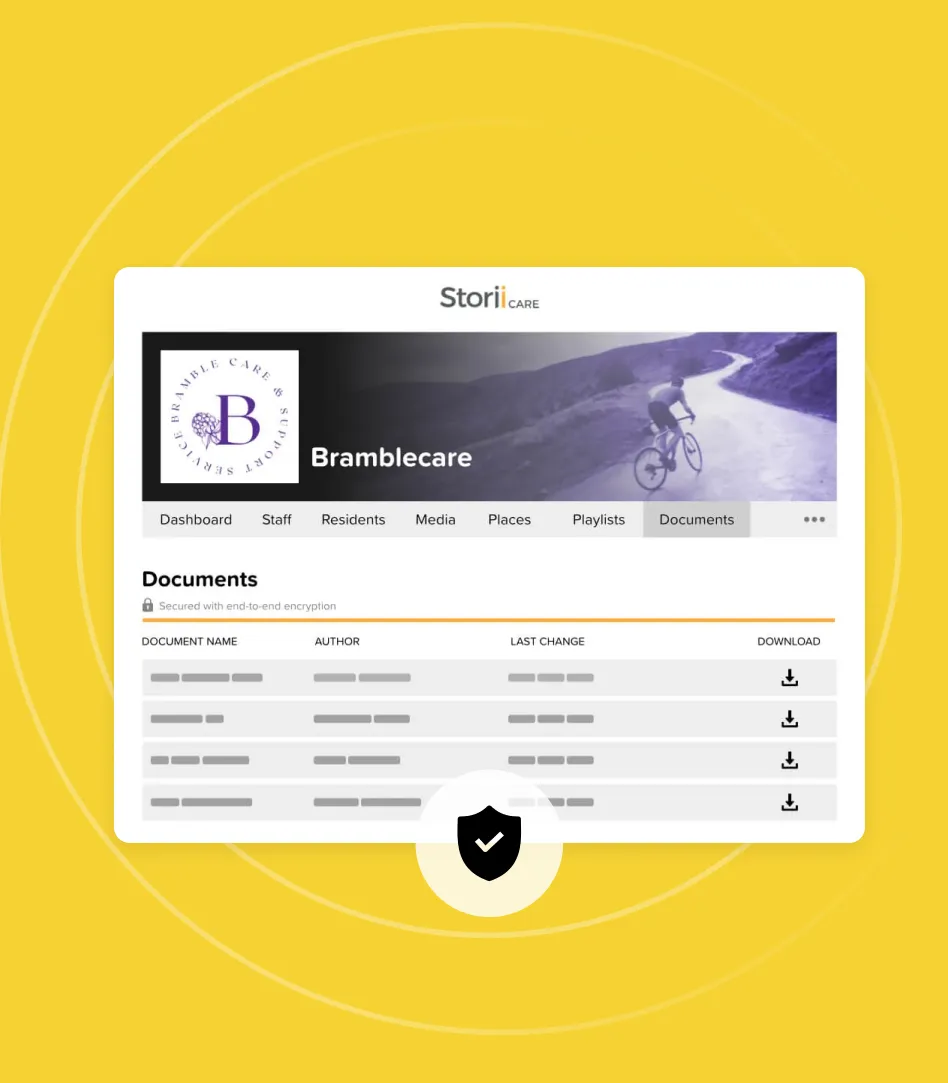Health and social care providers have a robust market of options to choose from when it comes to care management systems. While larger organizations tend to release an RFP or bid for procurement, private and smaller businesses are tend to go hunting for the best product fit on their own. Care providers will have to join the digital world eventually if they want to stay relevant and competitive. However, choosing a care management system is not a process that should be rushed. There is significant hassle associated with switching systems. Therefore, it is well worth the front-end effort to carefully consider and choose the best fit for your care community.
With years of experience providing software to the care sector, we’ve learned a thing or two about what to do and not do when it comes to selecting a care management or case management system.
DON'T buy software that disregards the data
One of the biggest reasons to invest in digital care recording is the ability to track important data points. Say goodbye to paper-based processes and manual data entry into spreadsheets. The power of care management software analytics is something to behold. Being able to analyze trends and chart data across services is essential for enabling senior leadership to make informed decisions and see where improvements need to be made. Furthermore, on-demand reporting allows management to document and evidence their care to regulatory bodies, boards, trusts, clients and their families. Aside from reporting, it is important to ask what information can be exported from the system (i.e. home care visit hours for invoicing, patient contact details for mail merges, etc.).
DON'T purchase before playing
You should be able to play around with all carer-facing aspects of a system before purchasing. Especially in cases where you're being asked to sign an annual contract rather than a month-over-month subscription. Some system providers offer free trials, but all should allow you to demo their product as many times as needed. When you're speaking with a sales rep, ask if there is a dedicated test account you could spend some time on.
DON'T underestimate the importance of user-friendliness
Every case management system provider is going to claim to save your staff time, but take a good look at the interface and it's ease of use. Is this something that someone with a learning disability could easily pick up? Will older staff who aren't as comfortable with technology find it intuitive? The problem with a lot of these all-in-one solutions is that they're clunky and overloaded with complex operations. They may be capable of carrying out every fathomable workflow digitally, but if the system isn't simple to use, it's only going to cause more problems than solutions. Documentation is likely to be missed or input incorrectly. Staff may resist using this new technology. You get the picture.
DO a lot of research
Each care provider has their own way of operating and a unique set of operational priorities. Likewise, many electronic care management systems cater to certain types of care settings over others. For example, some systems focus heavily on EPRs and EMRs, dedicated to meet the needs of clinical and hospital settings. Others might include a lot of engagement features and care plans for residential or adult day care settings. Using sites like Capterra and Software Advice can help you narrow down your lead list and gain valuable insight from user reviews. Other helpful tasks could include searching potential vendor websites to see what their blog content is like, what level of support is offered, or if they have any published case studies available.
DO include all stakeholders
Ensure success when choosing care software for your business by including all the key decision makers in the process. Who will be affected by this change? Do they understand and know all of the benefits? Seek out the opinions of care staff, administrative staff, managers, coordinators or anyone who would be using the system. Failure to get everyone on board can result in unwanted stress and hurt the effectiveness of the transition internally.
DO prioritize customization
Things change. In the health and social care sector, they change a lot. Just think about how much has changed with the COVID-19 pandemic. It ushered in new protocols and guidelines, new documentation, new technology, new workflows, and more. When it comes to a CMS, you want to be sure that your system is adaptable and that you're getting the level of customization you want in a system. For example, can you import and complete your own forms and assessments digitally? Can you customize fields, terminology or colors in the system?
DO ensure you have the level of support you need
When you choose a care management system, you enter into a relationship with the vendor. This relationship should be mutually beneficial; you provide valuable feedback that improves their product and service. In turn, they provide you with a strong support system to achieve your goals and improve outcomes. In discussions with software vendors, be sure to ask what types of support they offer (help articles, video library, live chat, email help desk). Do they supply staff onboarding and training as part of your purchase, or is there an additional cost? What is the process for submitting feedback or bug reports? Do you have a dedicated project manager to communicate with?


.avif)

.png)
.png)
.png)










